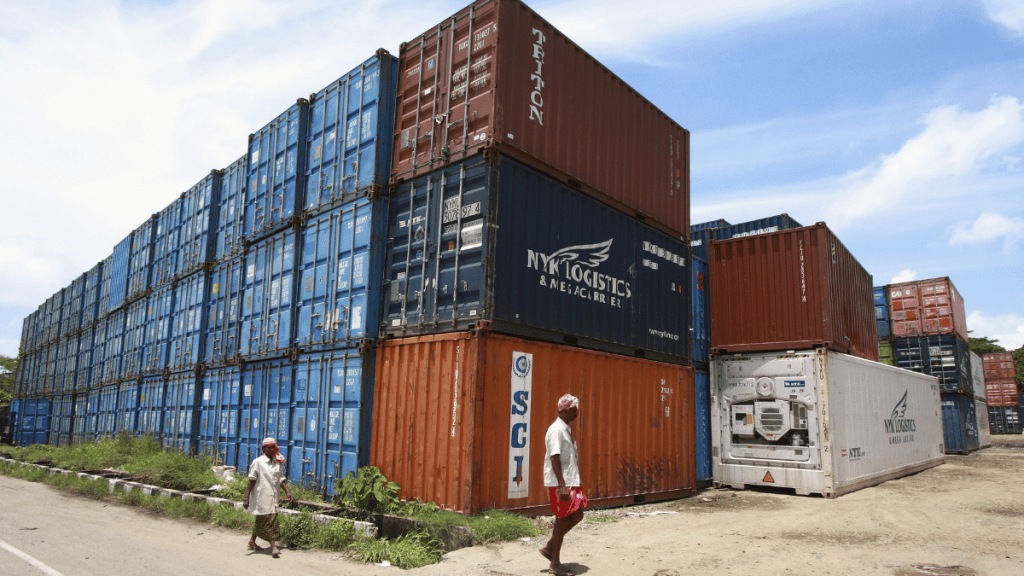Is India heading for a contraction in merchandise exports for the second year in a row? The dire prospect cannot be ruled out, given that the country’s onward shipments of goods continue to be constrained in a world fraught with worsening geopolitical turmoils, and below-par growth in cross-border commerce. But while the external world is partly to blame, India’s own long-standing failure to bolster the competitiveness of locally manufactured goods across a wide spectrum of industries and move up the value chain from being heavily reliant on “commodity exports” is the principal reason for its unflattering slot in the world markets for goods. Any attempt to salvage the situation must start from appreciation of this fact. Wishing it away and setting daunting medium-term goals like $1 trillion/year in foreign exchange from sale of goods overseas won’t help. Merchandise exports declined 1.5% in July, and the growth in April-July was just above 4%. Sadly, even a very favourable base — exports had contracted 3.1% on year to $437 billion in FY24 — wasn’t enough to boost the latest headline numbers.
Government functionaries have attributed the export slump to India’s GDP growing at a rate much faster than the world’s, driven by domestic consumption demand. For one thing, the national income data doesn’t reveal such robust domestic consumption; the GDP figures are boosted mainly by public investments and strong indirect tax collections. India may need to find growth drivers from domestic markets given the uncertainties shrouding the world economy. However, as an emerging market economy, it can’t practically remain in a high growth trajectory, unless the gross value added in its territory gets solid, consistent, and growing support in the form of positive balance from world trade. Job creation from export push must be an essential ingredient of the plan to broaden the base of domestic demand.
This, however, hasn’t been the case for several quarters, with “net exports” inclusive of services being a drag on the GDP. A notable trend is the sharper slump in labour-intensive exports from traditionally strong sectors like textiles and readymade garments (RMG), and gems and jewellery (both are losing share in total exports). The RMG sector, which scores high in value addition, needs tailor-made supportive policies like tax tweaks and cluster development right at historical centres, equipped with the necessary manufacturing/skill ecosystem. Combined with this, capital-intensive sectors that have recently made strides, like electronic goods — where imports-to-exports ratio reduced from 7.4x in FY18 to 3.2x in FY23 — would need to enhance local value creation before the early gains peter out. The government has done well to dole out incentives for semiconductors, electric vehicles, battery storage, etc., and this fits with the strategy to quickly diversify the export basket.
Embracing more free trade agreements is unexceptionable, but it can only add to, not supplant, other policies aimed at making domestic industries globally competitive. Least of all, in the context, should exports be burdened with taxes. Despite the existence of sundry schemes designed for rebating taxes for exporters, and running (now-scrapped) incentive polcies that attracted multilateral stricture, India hadn’t been fully neutralising the tax incidence in exported products from central, state, and local levies. The Remission of Duties and Taxes on Exported Products scheme, launched after much deliberations in January 2021, is carefully structured to expunge the taxes not refunded via other schemes, and ensure “zero rating” of exports. The scheme should be open-ended, and free from the uncertainties when it comes to Budget allocations.

